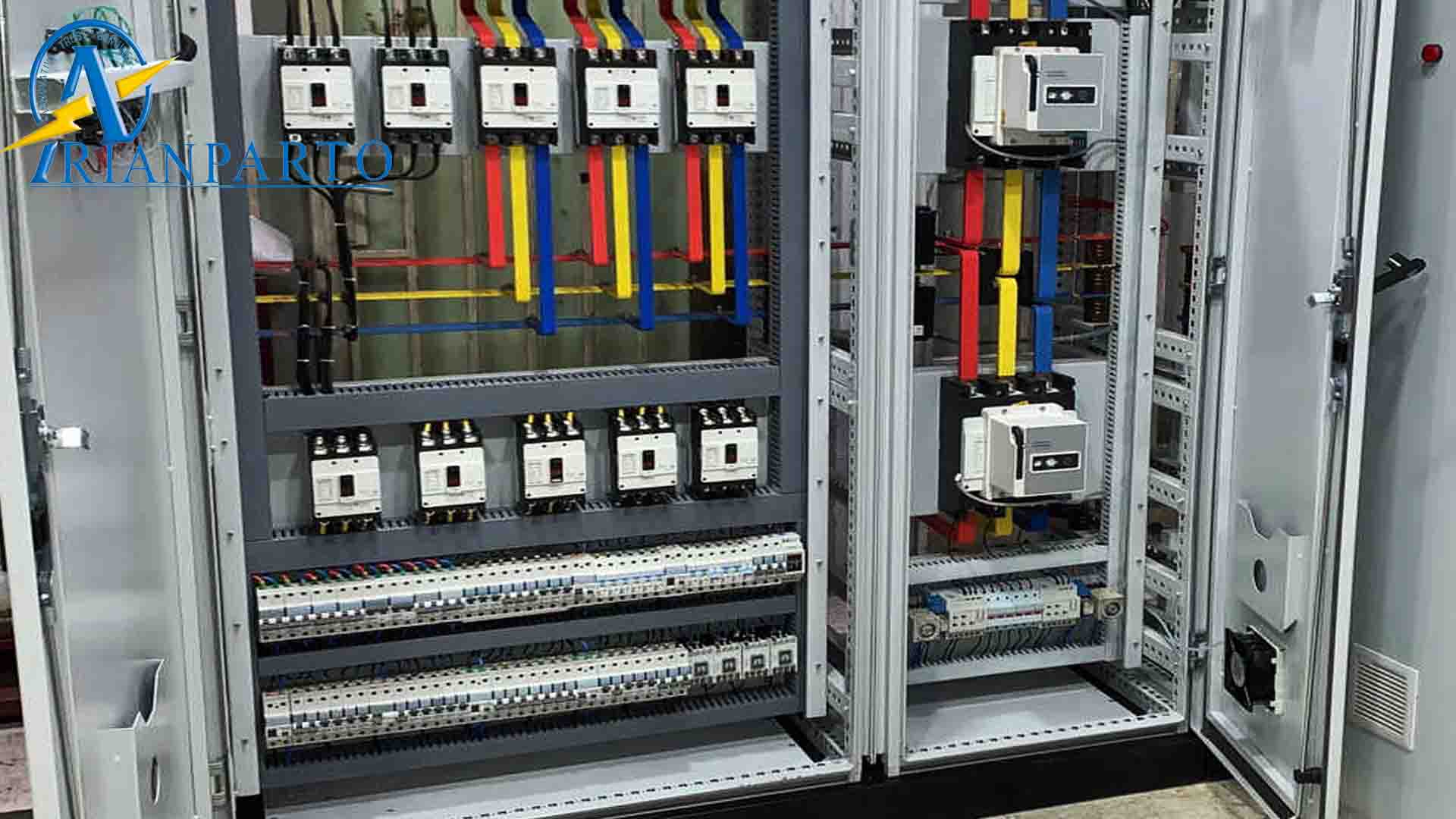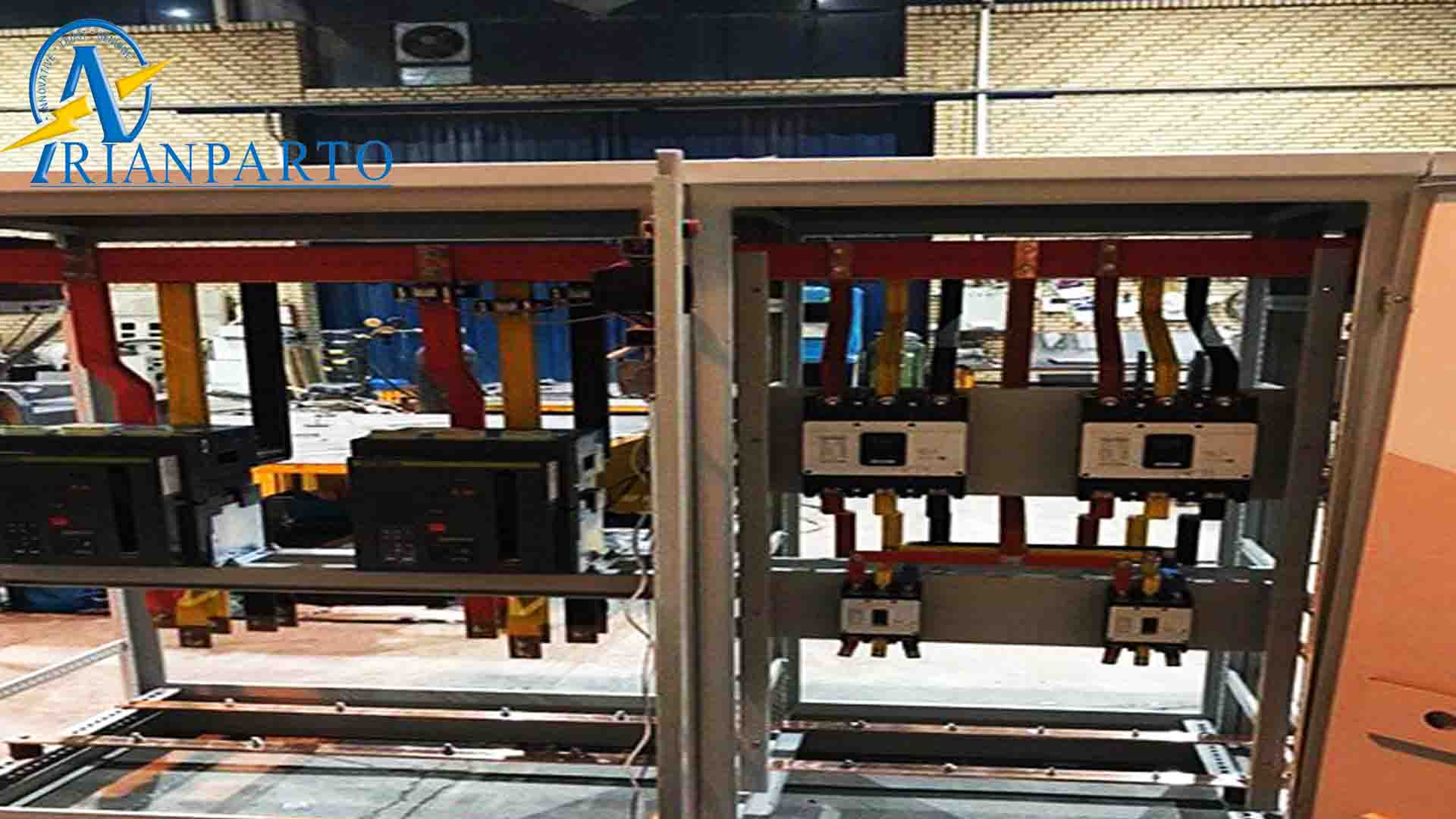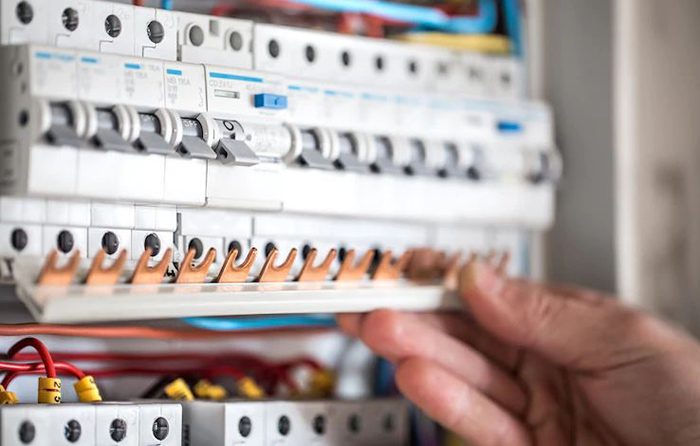A changeover electrical panel (also known as a changeover switch or ATS panel) is an essential component in electrical systems, primarily used for switching between two power sources, such as the main and backup generators or two separate power supplies. Its primary purpose is to ensure continuous power supply and reduce system downtime, particularly during power outages or failures. These panels are critical for maintaining stability and reliability. They are used in residential, commercial, and industrial settings.

What is an Emergency Electrical Panel, and How Does It Function?
An emergency electrical panel is designed to automatically transfer electrical load between different power sources, typically from the main utility supply to a backup generator, during an interruption in the primary power supply. This panel ensures that vital systems and equipment continue functioning without interruption, which is crucial for industries and facilities that rely heavily on a constant power supply.
The panel uses a changeover switch that automatically detects the failure or interruption in the main supply and seamlessly connects to the backup source, minimizing power interruptions. This setup is common in hospitals, data centers, manufacturing facilities, and other critical infrastructure.
How a Changeover Panel Works and Its Role in Electrical Systems

A changeover panel operates by switching the electrical load from one power source to another. Typically, it is connected to two separate electrical supplies: one being the main power supply, and the other, a backup generator or secondary power source.
If the main power supply fails, the changeover switch automatically disconnects from it and connects to the backup source. It then connects to the backup generator or another power supply to restore electrical continuity. Once the main supply returns to normal, the panel will automatically switch back to the primary supply.
The Automatic Transfer Switch (ATS) is the most commonly used mechanism in these panels. It ensures smooth transitions and prevents electrical damage or downtime.
Overview of Different Types of Changeover Panels (ATS Panels)
Changeover panels are available in various configurations and types, each designed for different applications and requirements. The two primary categories are:
-
ATS Electrical Panel with Network Detection Capability
An ATS (Automatic Transfer Switch) Electrical Panel with Network Detection Capability, which automatically detects failures in the primary power supply is equipped with sensors that monitor the status of the power grid. When it detects a failure in the primary power source, it instantly switches to the backup generator or an alternative power supply. This feature is vital for businesses and facilities that need uninterrupted power and cannot afford delays or errors in switching.
-
ATS Electrical Panel Without Network Sensing Feature
On the other hand, an ATS panel without network detection does not automatically sense the failure in the primary power supply. Instead, it requires manual intervention or a separate system to signal when to switch from the main supply to the backup generator. This type of system is often found in smaller residential settings or in areas where the need for continuous power is less critical.
Technical Specifications and Features of an Emergency (Change Over) Panel
Changeover electrical panels have several key technical features, including:
Voltage Rating: This determines the maximum operating voltage that the panel can safely handle.
Current Rating: Specifies the amount of current the panel can carry without being damaged.
Transfer Time: This refers to the speed at which the panel can switch between the two power sources.
Frequency: The operating frequency range of the panel and its compatibility with the supply.
Bypass Isolation: A critical safety feature that allows for the safe isolation of the electrical circuits for maintenance or repair.
Additionally, automatic transfer switches (ATS) come with various protection devices, such as circuit breakers, fuses, and overload relays to protect against short circuits, overloads, and other electrical hazards.

Price Analysis of Various Changeover Electrical Panels
The price of a changeover panel depends on various factors such as the type, size, and features. For instance, an ATS electrical panel with network detection is generally more expensive than a basic panel due to its automatic sensing capabilities. Other factors influencing cost include the brand, installation complexity, and required power capacity.
Changeover electrical panels vary in price depending on their features and applications. Please contact us for a detailed quote based on your needs.
Guide to Purchasing and Ordering a Changeover Panel from ArianParto
to buying changeover switchboard from ArianParto
Consultation and Requirement Assessment: Reach out to a supplier like ArianParto, which provides expert consultation based on your electrical needs. Specify the power capacity, type of panel (automatic or manual), and any other requirements (such as network detection).
Requesting a Quote: Once your needs are clarified, you can request a detailed quote from ArianParto, which will include pricing, delivery timeframes, and installation services
Order Placement and Customization: After agreeing on the specifications and pricing, place your order. Many suppliers also offer customization based on specific project needs.
Installation and Commissioning: ArianParto or another service provider will typically handle the installation and testing of the panel. It’s essential to ensure that the system is correctly configured for seamless integration with your existing electrical infrastructure.

Operating Mechanism of Emergency and Changeover Panels
The operating mechanism of Changeover Electrical Panels involves both automatic and manual functions, depending on the type. For ATS panels with automatic sensing, the switch automatically detects power supply issues and activates the backup power. On the other hand, manual panels require operators to monitor and switch the power manually when necessary.
The system’s operation is designed to be fail-safe to ensure that the electrical load is never interrupted for long periods. The switching mechanism also includes safety features like circuit breakers to protect the electrical system.
Advantages and Disadvantages of Using a Changeover Panel
Key Benefits and Positive Aspects
Uninterrupted Power Supply: Changeover panels ensure that critical systems receive continuous power, which is vital for businesses and essential services.
Automatic Operation: With an ATS system, the panel automatically detects the power failure and switches to the backup supply, reducing downtime and human intervention.
Cost Savings: By minimizing the duration of power outages, businesses can avoid losses related to downtime and equipment damage.
Enhanced Safety: Changeover panels include protection mechanisms that reduce the risk of electrical hazards during the switching process.
Potential Drawbacks and Limitations
Initial Investment: The upfront cost of installing a changeover panel, particularly automatic systems, can be high.
Maintenance Requirements: While these panels are reliable, they require regular maintenance and testing to ensure optimal operation.
Space and Installation: Depending on the type and size, changeover panels may require significant space and proper installation by trained professionals.

Proposed Solutions to Minimize Possible Issues
Regular Testing and Maintenance: To ensure longevity and reliability, regular maintenance and testing should be carried out on the changeover panel.
Investing in Quality Equipment: Choosing high-quality panels from reputable suppliers like ArianParto can help reduce long-term operational issues.
System Monitoring: For automatic systems, integrating a monitoring solution can allow real-time tracking of the panel’s performance and alert users to potential issues.
Energy Efficiency Improvements and Environmental Impact
By using changeover panels to manage power switching effectively, energy efficiency can be significantly improved. The efficient use of backup generators and power sources reduces fuel consumption and carbon emissions, contributing to a greener environment. In turn, businesses and facilities can meet sustainability goals and minimize their environmental footprint.

Frequently Asked Questions About Changeover Panels
1.What Types of Changeover Electrical Panels Are Available?
Changeover panels are typically available in two main types: manual changeover panels and automatic transfer switch (ATS) panels, each serving different needs. ATS panels come in versions with or without network detection capabilities.
2.How Can I Place an Order for a Changeover Panel?
You can place an order for a Changeover Electrical Panel by contacting ArianParto, providing details about your power requirements, and receiving a customized quote. Once the specifications are agreed upon, the panel can be ordered and installed according to your needs.
This guide has provided all the essential information you need to make an informed decision about changeover electrical panels. Feel free to contact us for any further questions or assistance



